Mexico is a unique blend of many ancient civilizations such as Toltec, Maya, Aztec, Inca, Olmec, Zapotec, African, French, and Spanish. Just like the civilizations, the culture of Mexico represents the complex past, and it is a fusion of Mesoamerican culture with Spanish and other Mexican cultures. One such ancient civilization of Mexico, Teotihuacan has gained more popularity as an archaeological site as well as being a tourist attraction.
The archaeological site is recognised mainly for its extensive pyramids devoted to the sun and the moon, and also has many stunning, well-preserved murals and carvings, as well as museums that develop with the strangely fascinating history of the civilisation.
So, Let’s explore this ancient and historic city of Teotihuacan and discover its history and sightseeing spots.
The Ancient City of Teotihuacan
The word Teotihuacan means ‘the place where the gods were created’. The ancient Mesoamerican city of Teotihuacan has situated about 50 km North-East of present Mexico. Teotihuacan is one of the most visited sites in Mesoamerica worldwide and it holds many notable architectural Mesoamerican pyramids.
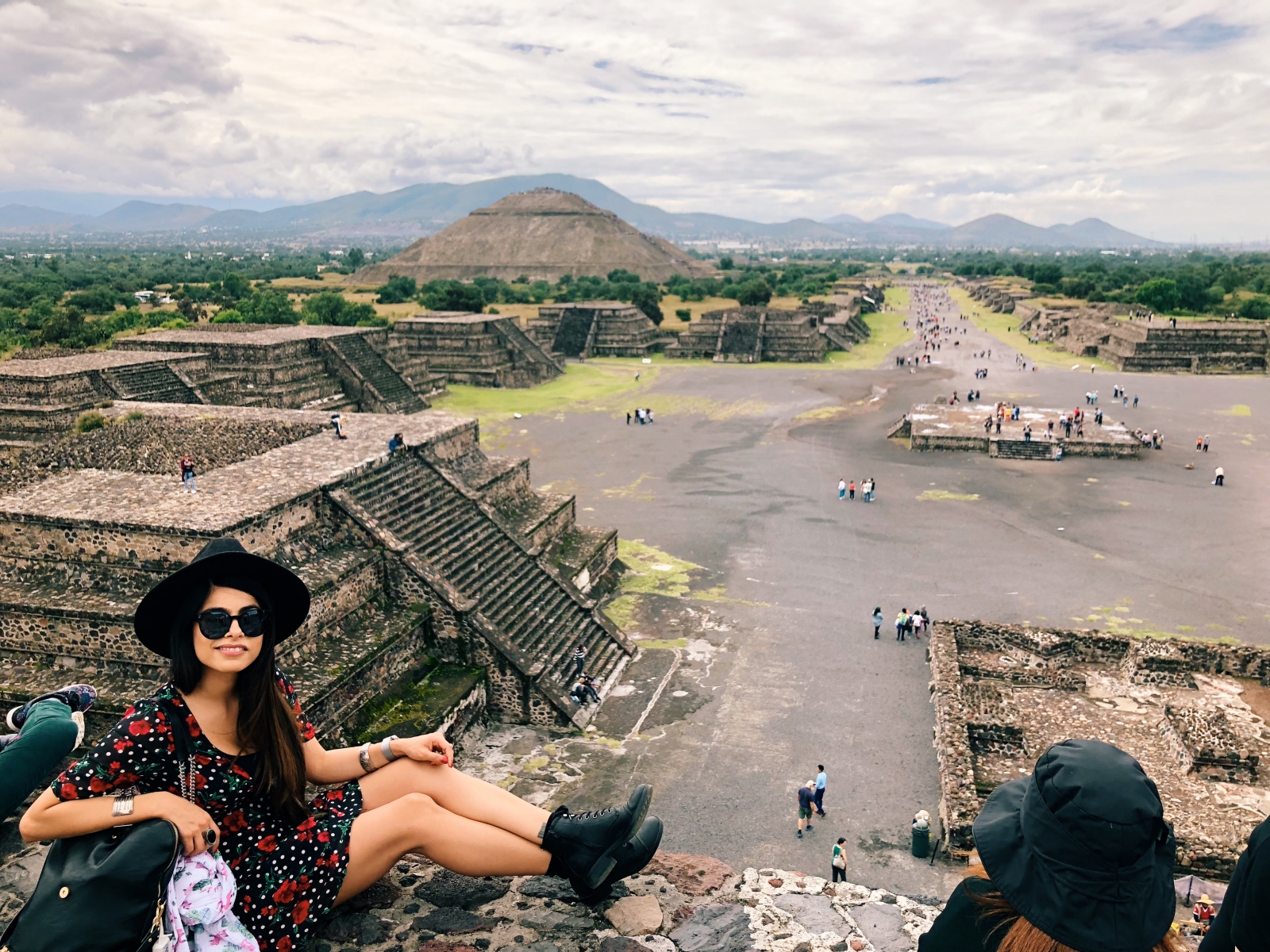
It is believed to be one of the largest and most important cities in pre-Columbian America, with an approximate population of at least 200,000. It was established after 400 B.C. and till 400 A.D. and had been Mexico’s best and most powerful civilization. Later in 1987, Teotihuacan which was named under UNESCO World Heritage Site.
Tale of Teotihuacan City
Nothing is known about the early history of Teotihuacan and their sources. Constructed by hand, the old town was thought to have started some 2000 years ago. It remains unclear who built the site, and what their beliefs or language were. Teotihuacan then declined, with the most important temples lost and burned at approximately AD 550. Some scholars think that the fire may have been triggered by an internal rebellion. It was the Aztec who founded this ancient city in the 1400s and named it Teotihuacan but the city had been abandoned for centuries. And thus the origins, history, and culture of Teotihuacan mainly remained a mystery for many years.
Also Read: Unfold the Mystery Behind Ancient Nazca Lines in Peru- Mexico
Various Theories of Origin
As it is unknown who built the ancient city of Teotihuacan, many researchers have given their theories and attempted to explain the origin of this city. Some researchers believed that the ancient Toltec civilization could have established the massive city, entirely based on colonial texts of the era. Yet, hundreds of years after the it ended, the Toltec culture (900-1150 A.D.) evolved. Others assumed the city was founded and populated by the Totonacs, a tribe from the east.

Another explanation is that immigrants came into the Teotihuacan valley after a volcano erupted, and those immigrants created or improved the town. It indicates to contain elements of different cultures such as the Maya, Mixtec and the Zapotec. But Teotihuacan was established as early as 400 B.C. because the city’s largest buildings were not built until about 300 A.D.
Top Attractions of Teotihuacan
Pyramid of the Sun
The pyramid of the sun is the largest Teotihuacan pyramid. The hill rises 66 m above the ground and measures at its base about 220 by 230 m, making it one of the largest pyramids in the world.
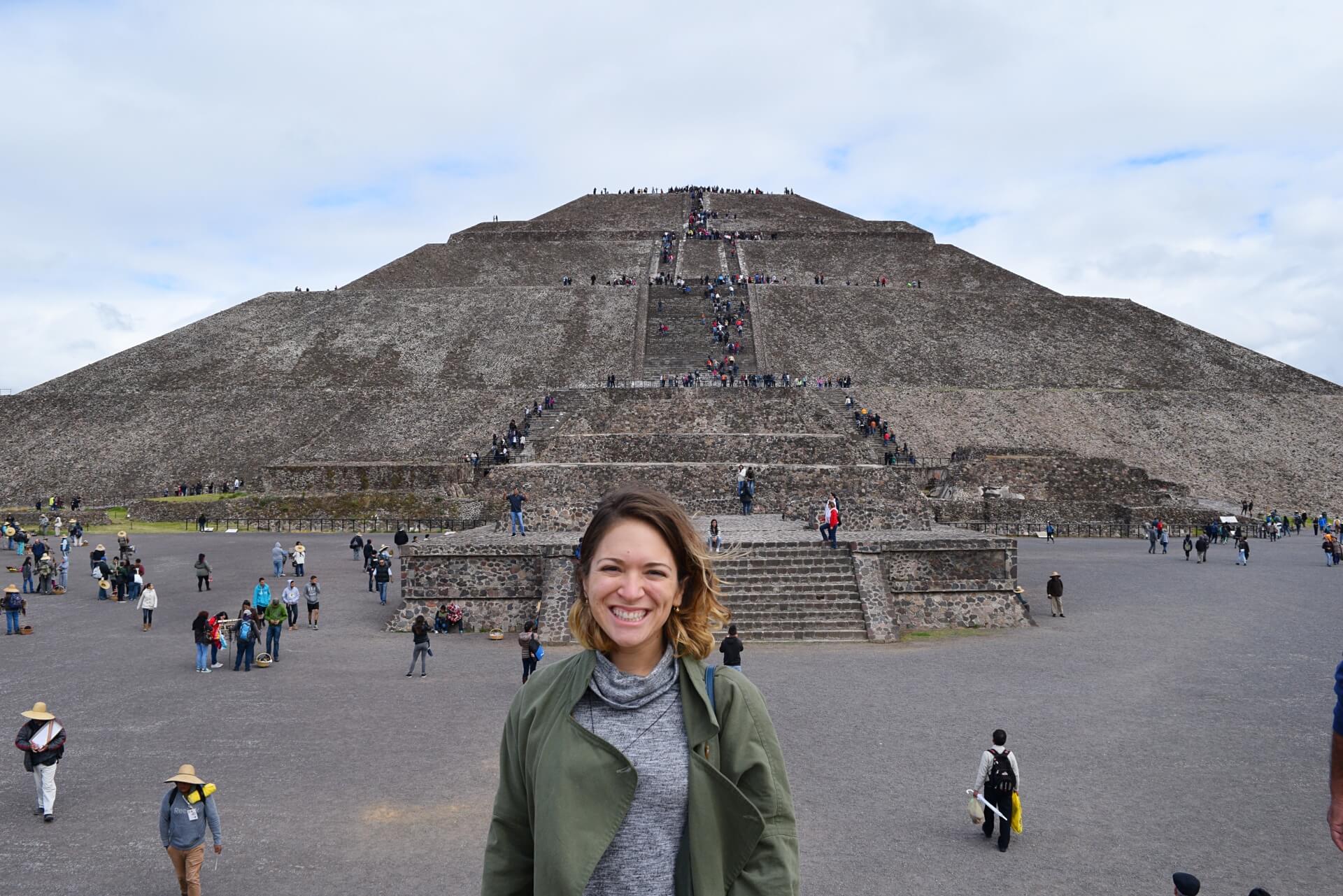
It is believed that before the pyramid was constructed, the sun was worshipped here. A tunnel under the pyramid was discovered by an archaeological team in 1971 and a chamber with four-leaf clover-shaped, possibly used for some form of ritual.
Pyramid of the Moon
The pyramid of the moon is located on the north end of the Calzada de Los Muertos which is smaller than the Pyramid of the Sun.
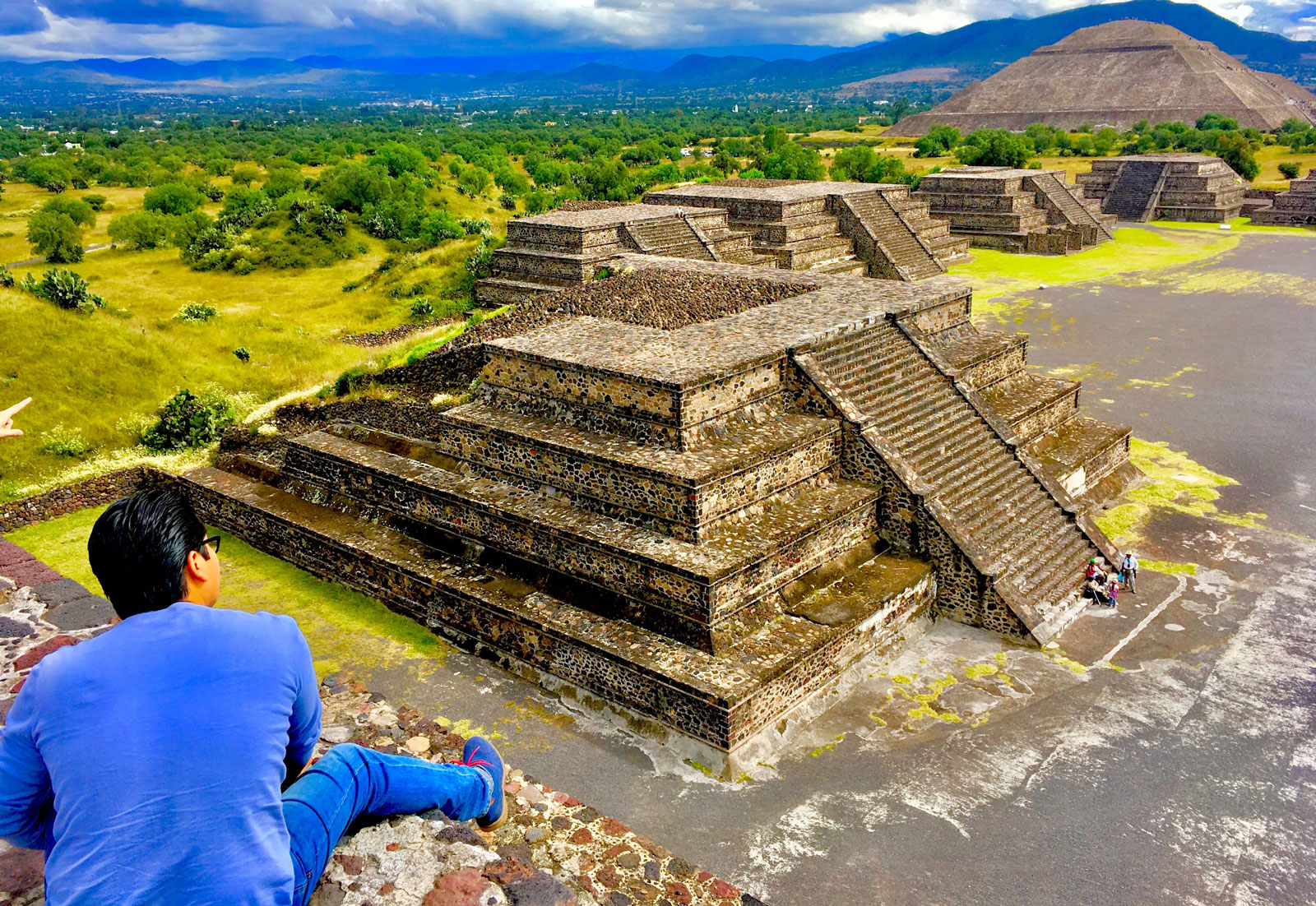
Its high platforms were possibly also used for ceremonies so that people on the ground tombs found to be associated with the design comprise sacrifices on both humans and animals.
Temple of the Feathered Serpent
One of the most important gods of Mesoamerican culture is Quetzalcoatl and the third-largest pyramid in Teotihuacan is dedicated to him. The Temple of Quetzalcoatl or the feathered serpent is apparently the most attractive among the attraction of Teotihuacan The pyramid has alternating serpent heads and another figure which to belong to Tlaloc, the god of the rain- Aztec.
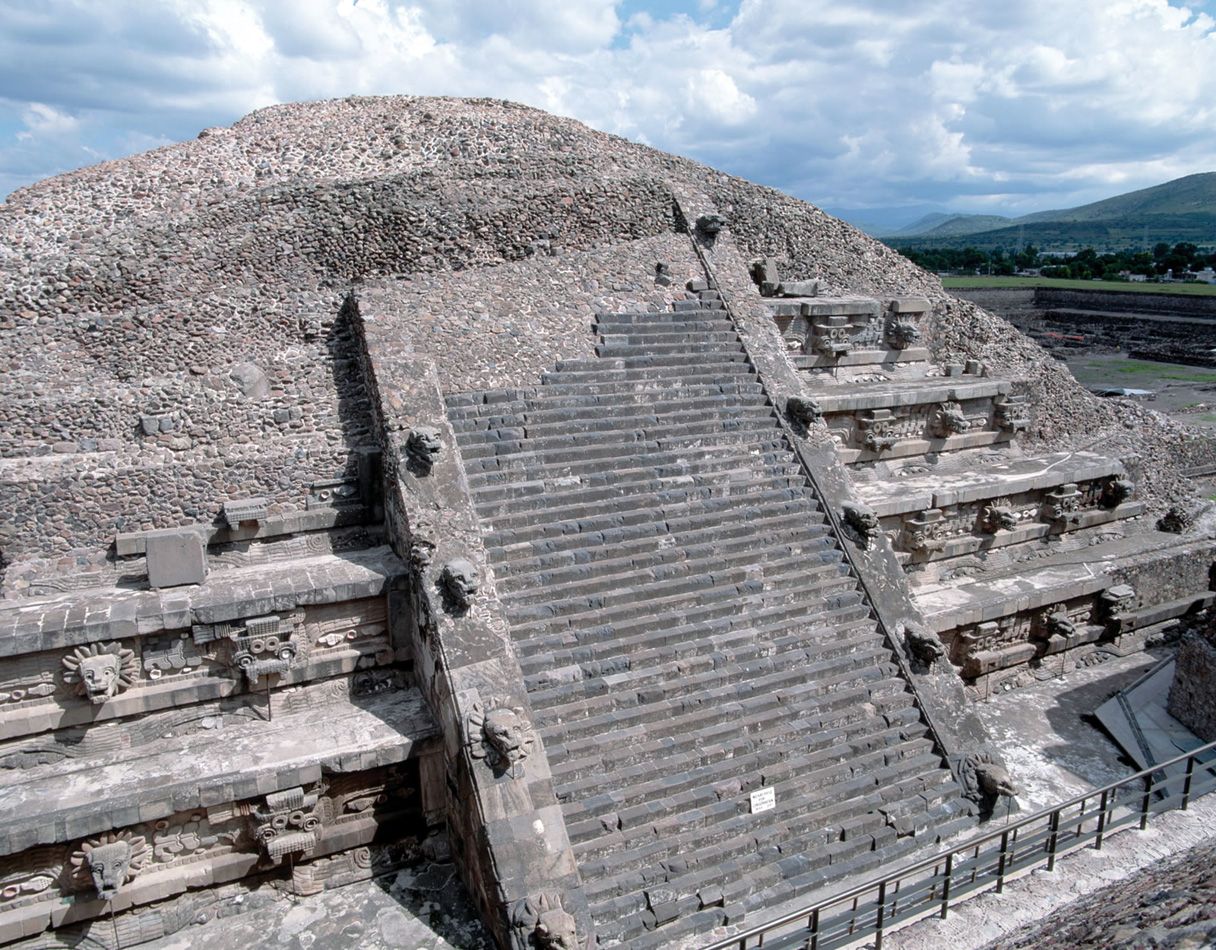
The design also includes carvings of snails and shells, water symbols. There were burials of 200 people found near the pyramid, many of them young men who thought they were warriors.
Murals in Teotihuacan
Teotihuacan has made numerous colourful murals on the city’s plastered walls. These striking paintings have many details carved on it and are considered to be the source of knowing the history and culture of Teotihuacan.
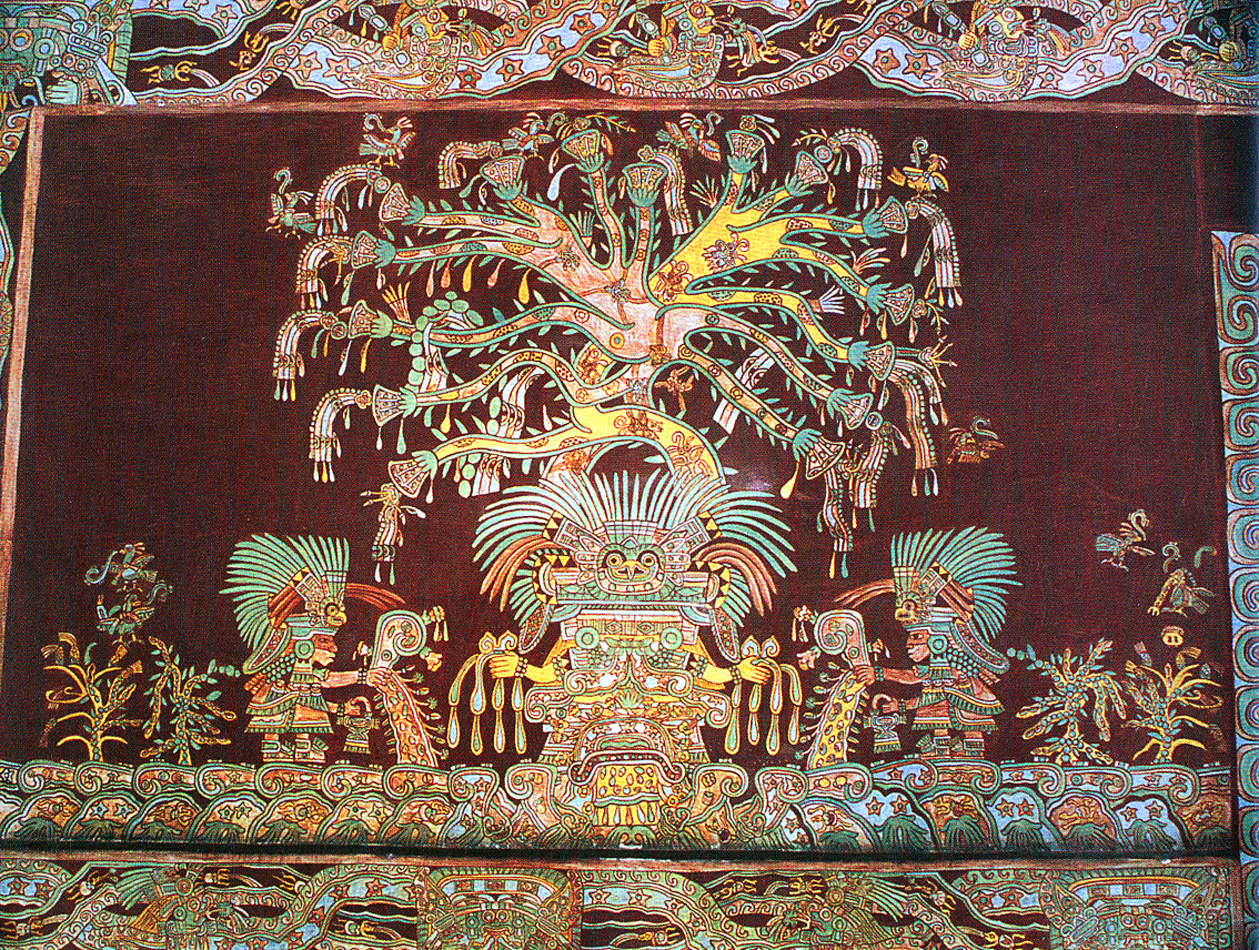
You can see many images of the gods, birds, animals over pyramids and inside temples of Teotihuacan. Investigators are still unclear about the particular meanings of murals, but spiritual, natural and cultural ones are clear.
Current Status
A strong rainstorm created a large hole in the ground at the Quetzalcoatl temple in 2003; the site is now being excavated by researchers since. According to scholars 75,000 different types of objects, including seashells, pottery, animal bones, and human skin, had been discovered in 2015.
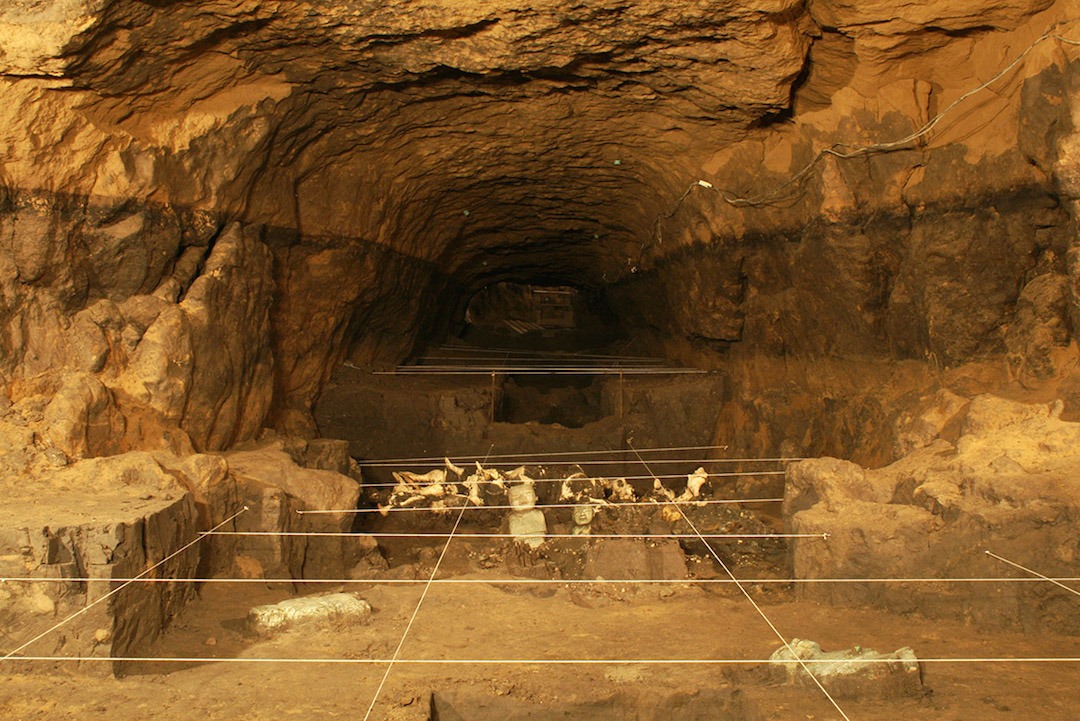
They also discovered a huge chest full of jewellery and other artefacts, such as amber pots, black stone statues and other mystical relics.
Bottom Line
In the complex of incredible pyramids, Teotihuacan contains around 2000 single-story apartment buildings, plazas, temples and vast central path, known as the Calzada de Los Muertos. The street is 2 km long and connects three big complexes of pyramids. In real life, the hot air balloon is a brilliant way to discover the location.
Also Read: Ziggurat of Chogha Zanbil: A Magnificent Elamite Monument of Iran
Sources- history.com

